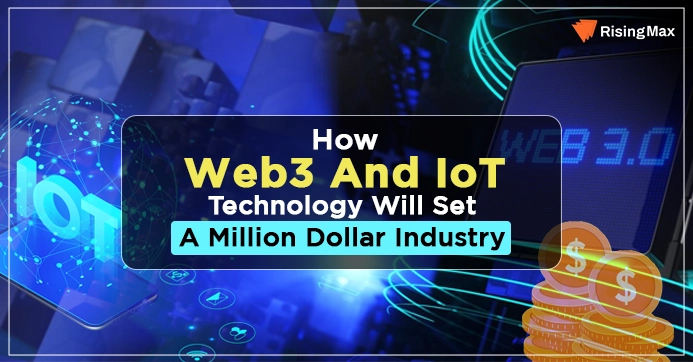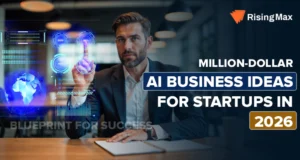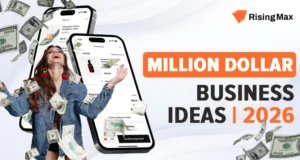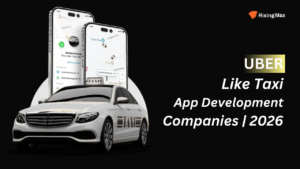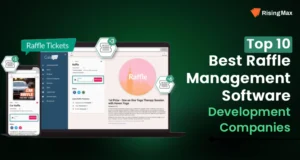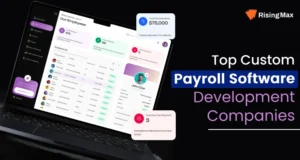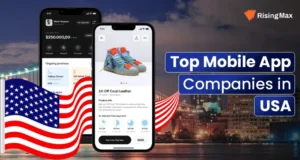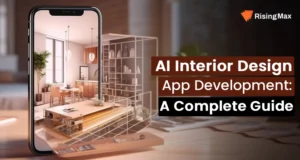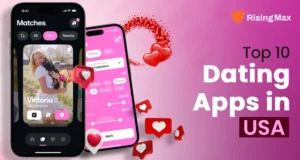IoT and web3 technology are making the world of business applications more advanced and with great potential. Web3 is a robust technology and makes the platform decentralized, where each thing will be secured without any central control. But what is the thing that is making the web3 platform a perfect place to launch the business?

Here in this blog, we will discuss the IoT with web3 and what is the technology used in web3.
For web3 application development, you can get in touch with us. We provide 360-degree solutions for the development of the web3 application. From building the blueprint of the application to the final launching of the platform, we have an excellent team to assist you.Let’s get into in-depth the decentralized world of web3 technology.
IoT Model With Web3 Technology
Many web2-based IoT businesses draw clients by developing smart products and services with standout features and capabilities. Additionally, they run substantial marketing initiatives.
Defi, non-fungible tokens, and DAOs are three web3 technologies that offer strong tools for the creation of new IoT business models.
Additionally, these technologies have the power to boost social impact and boost customer engagement. Companies in the IoT sector that are attempting to adapt to the web3 may issue NFTs.
They will be able to represent their IoT products on blockchain thanks to these NFTs, which grant NFT holders particular rights (e.g., access to future products). Customers may be encouraged to share their IoT data with businesses in order to monetize their data through Defi platforms.
Customers can also establish a DAO with other customers in order to jointly own a computer and engage in consensus-based governance to decide how to use it. Additionally, organizations should have the option to select from a variety of web3 technologies and combinations that complement their business objectives.
Key Features Of IoT Based Application
In order to achieve particular business objectives, organizations often create and own web2-based IoT apps. In the current web2 architecture, enterprises have full control over IoT platforms and data collected from smart devices. Customers do not own the devices or data collected even when they pay for IoT services and devices. But unlike their web2-based siblings, web3-based IoT apps are distinguished largely by
- customer-owned IoT equipment
- community-driven
- decentralized IoT infrastructure
- token-incentivized machine activity
Each smart object can connect to its blockchain wallet in the web 3 IoT. How data from web3-based IoT apps are shared is entirely up to the device owners. The community manages the entire IoT infrastructure in a decentralized manner.
Each stakeholder will be paid for various services, like storage, computing, communication, etc. Furthermore, well-designed token economy models are frequently used in web3-based IoT programs, and digital assets are used as incentives to promote community participation.
What Are The Technology Used In Web3?
Web3 with IoT makes the application of high-end quality and with a real-time tracking process. Here are the technologies that make web3 applications a high-end solution.
Semantic Web
The semantic Web can be thought of as a data web. The future of the Semantic Web involves web principles being extended from document to data.
Ideally, data on different applications should be linked in such a way that creates new use cases for users.
The Semantic Web Stack includes RDF, OWL, and RDFS (Resource Descriptive Framework Schema). The combination of the tools mentioned above should ensure that instead of a collection of HTML documents, information becomes more meaningful with semantically linked data.
3D Designs
The user experience could be revolutionized by three-dimensional design. The divide separating the real world and the virtual one could almost disappear thanks to e-commerce and geographical settings.
Virtual identity management systems, virtual location management systems, and clients with 3D rendering capabilities are all examples of 3D interactive web technology.
Virtual identities have a strong chance of one-day surpassing email addresses and mobile devices in popularity. Systems for managing virtual identities will assist in keeping track of user identities and avatars.
Additionally, the virtual identity data could be distributed to pertinent client programs, enabling immersive 3D encounters across many web spaces.
Social Web
The social web is known as the mix of web services, organizational frameworks, and user interfaces that facilitate human social interactions. Many people often refer to Web 2.0 as the “social web,” a stage in the development of the web during which user involvement significantly expanded as social networking sites became more important in users’ daily lives.
With the involvement of people who congregate in social areas to interact, collaborate, and exchange material, Web 3.0’s potential would be greatly expanded. Unbeknownst to many, current applications have laid the groundwork for interactivity in the Web 3.0 era.
The new web will be developed around social web services like Myspace, Facebook, and Flickr, employing more sophisticated technologies.
Decentralized technology is going to play a major role in how Web 3.0 social media is characterized. For instance, social media platforms built on blockchain networks may function decentralized, rewarding users for their engagement in the platforms through incentive systems.
Build the web3 application with perfection. Get the web3 application done by the best team of developers. We are providing free consultation services to our clients for the success of their businesses. What Is An Example of A Web3 Application?
Storj
It is a decentralized storage solution and would also garner attention from the list of top web3 applications. It assists customers with safe data storage while guaranteeing redundancy and fault tolerance.
Even on a distributed network, Storj uses blockchain technology to reinvent the advantages of cloud storage. The ability to upload and download content without limits at any time is by far Storj’s biggest advantage.
Storj additionally satisfies requirements for web3 apps, including open-source development and a free-to-use business model. Storj guarantees improved usability since you may begin navigating the application in a few clicks. The Storj token, which powers the Storj decentralized storage platform, is another significant aspect of Storj as a web3 application.
Everledger
Everledger, the distributed global digital registry, would be one of the first entries in the list of web3 app examples. Each user is essentially given a unique record, and users can store data in the cloud with flexible access options. Everledger’s main uses center on establishing reliable fraud protections.
The Everledger app specifically assists in tracking diamonds, gold, wine, and other priceless items. It aids in tracing an item’s use throughout the entire course of the global supply chain.
For authenticity verification, customers can scan the Everledger sticker. The Everledger software establishes a significant milestone in web security by offering fraud protection without the need for sensitive personal information or challenging passwords.
Dtube
With DTube, a decentralized alternative to well-known browsers, you have access to a YouTube substitute. The videos that show up in user feeds are not within the decentralized video streaming platform’s authority. On DTube, users have total control over what they see and share.
Additionally, users have the authority to choose which videos will be used for revenue. Decentralized governance is also used by DTube, one of the main web 3.0 applications for consumers. On the video-streaming platform, users have full control over censorship and other rules for content visibility and usage.

Why Web3 Is With High Potential
- With stronger risk management choices, integrating web3 with IoT devices may open up new paths for productivity. Most important, though, is the potential for corporate expansion and growth that the integration of web3 and IoT holds.
- Evaluation of web 3.0 application cases will also highlight the intriguing potential of blockchain technology. Blockchain can ensure that digital assets are transferred between businesses or inside internal teams safely and economically. Web3 might guarantee more seamless user experiences and certain safeguards against security issues with blockchain.
- Better openness for B2B companies promotes the growth of client and customer relationships based on trust. Web3 can guarantee client participation and feedback while also improving their experiences to win their trust.
- The various web3 app examples could demonstrate how web3 offers a level playing field for innovation. Advanced AI and machine learning models combined with web3 technologies have the potential to alter current market structures significantly. As a result, businesses might look into fresher options to preserve their global competitiveness.
Why Choose Us For The Web3 With IoT Solution
- 100% Transparent Deal
- Project Delivery Without Any Delay
- High-End Solution
- Error-Free Platforms
- 24*7 Support
- Cost-Effective Development Cost
- International Business Standards

Conclusion
Your productivity and work will both increase if you adopt web3 with IoT. You won’t need to spend hours examining data or conducting surveys in the wake of events in search of solutions.
In addition, Web3 can offer advice based on the weather, the time of year, and the number of visitors. You can streamline your planning process by doing this, and you’ll get facts, info, and suggestions in real time.
The goal of Web3 is to decentralize the internet and give users access to their data again. IoT seeks to bridge the physical and digital worlds by connecting almost everything in our environment to the internet.

